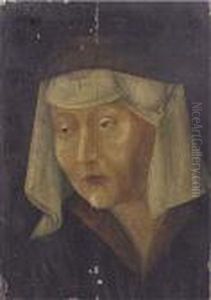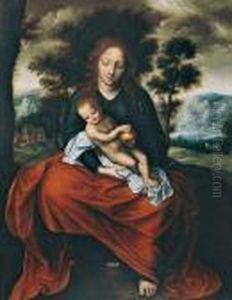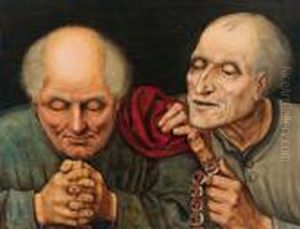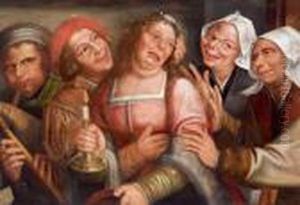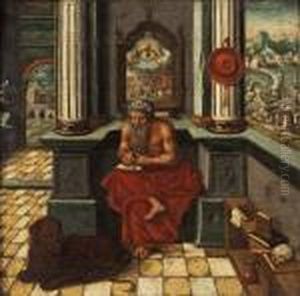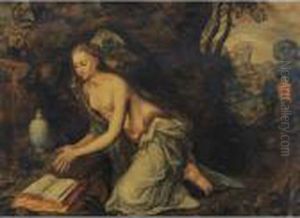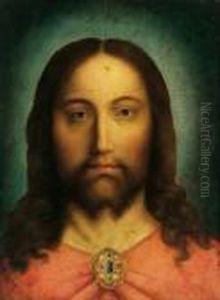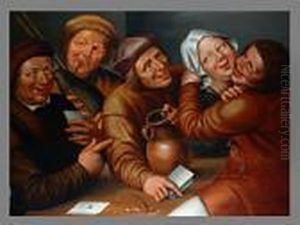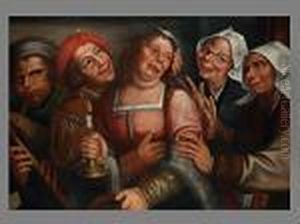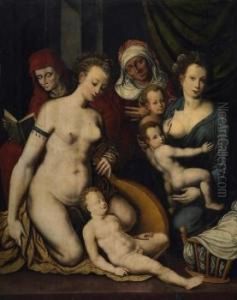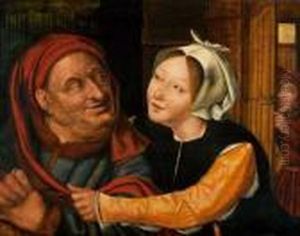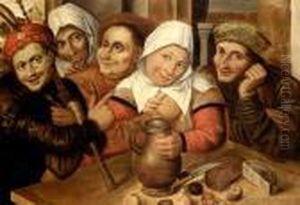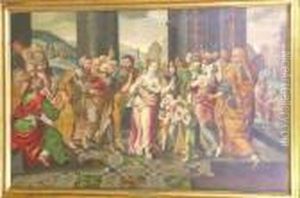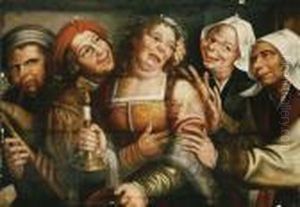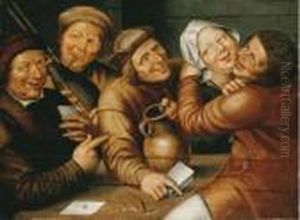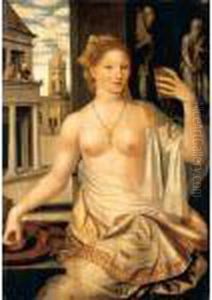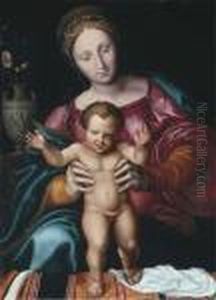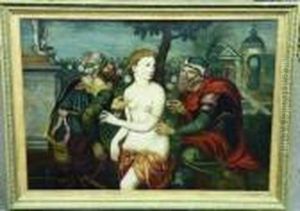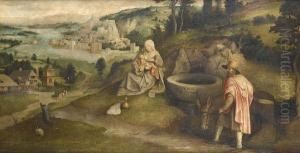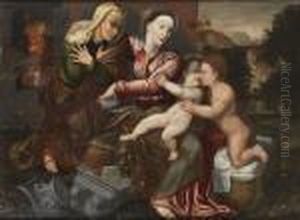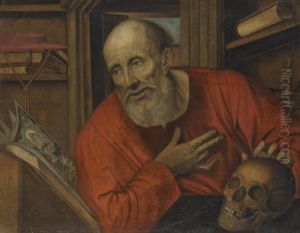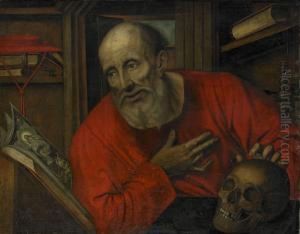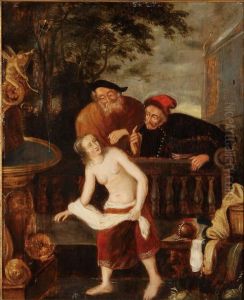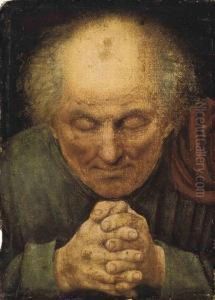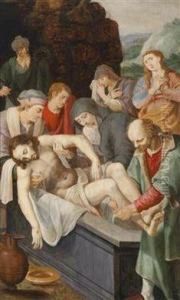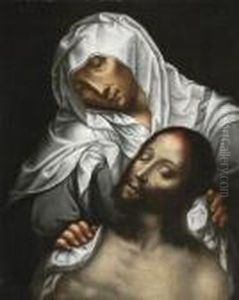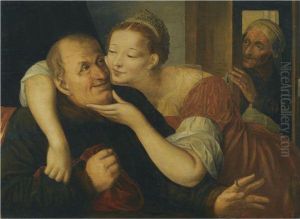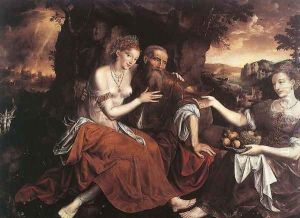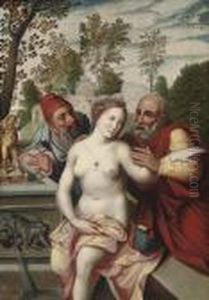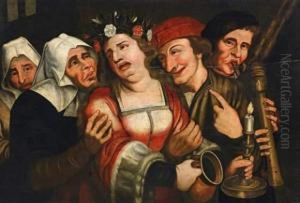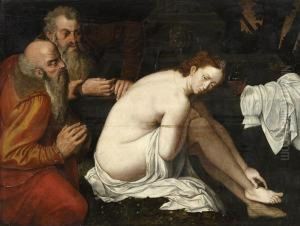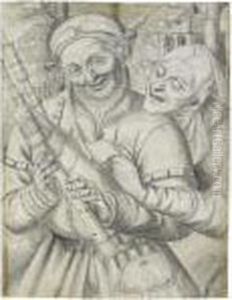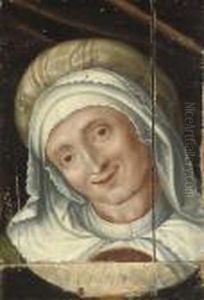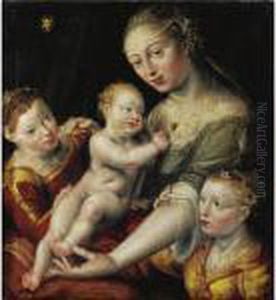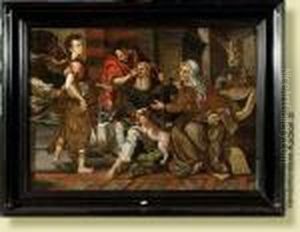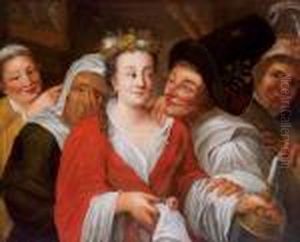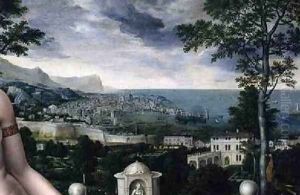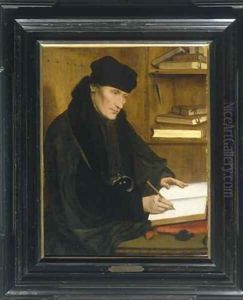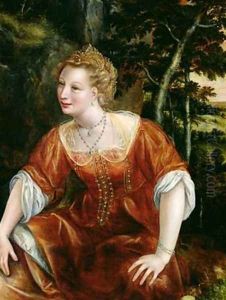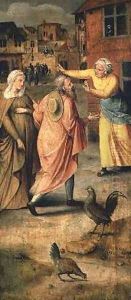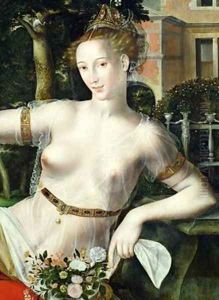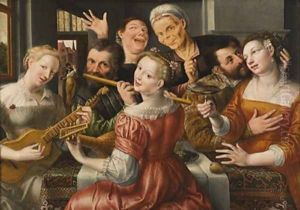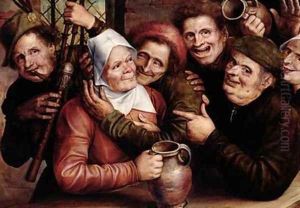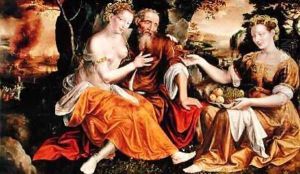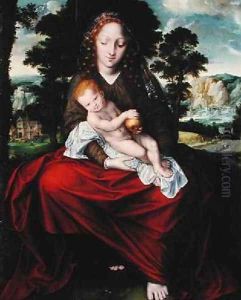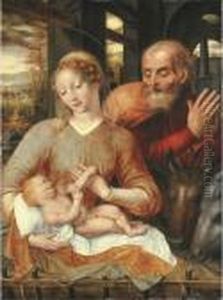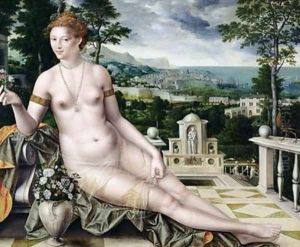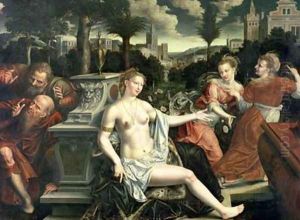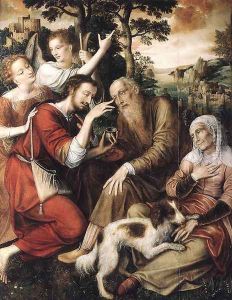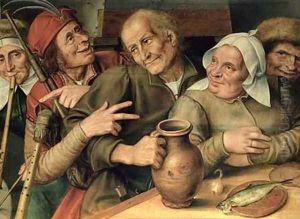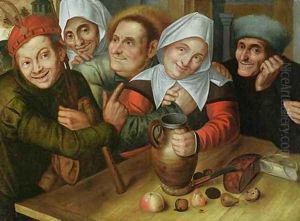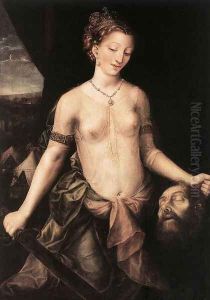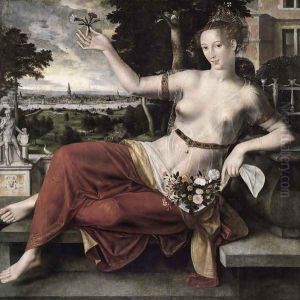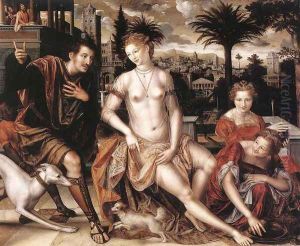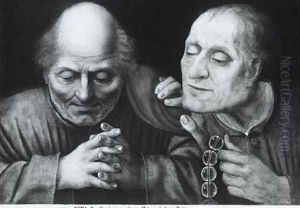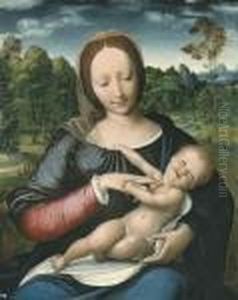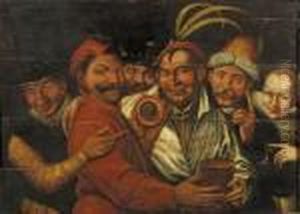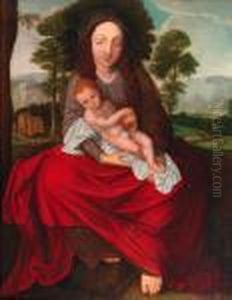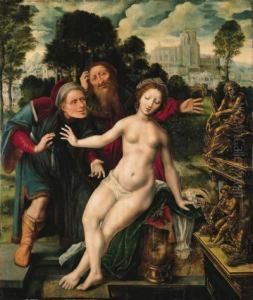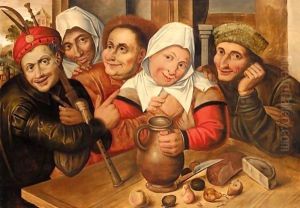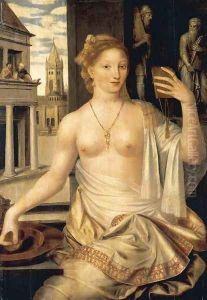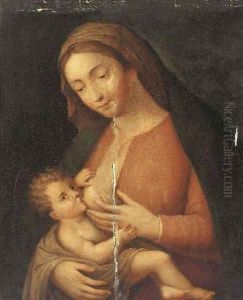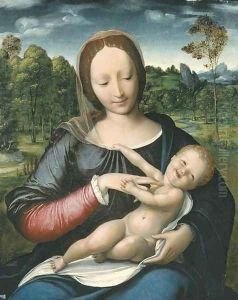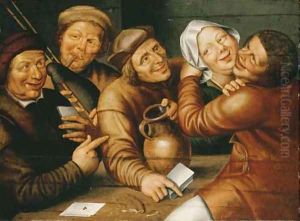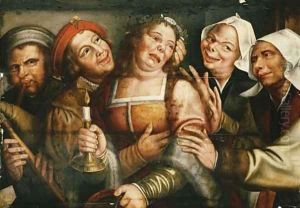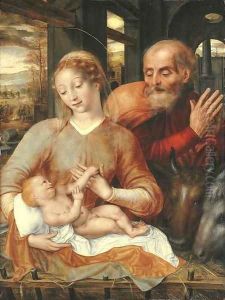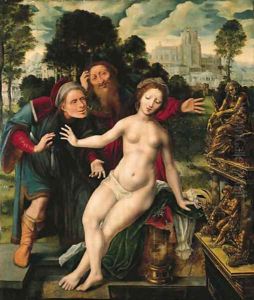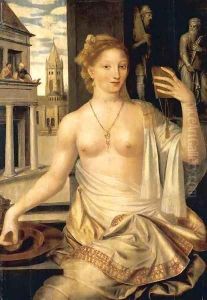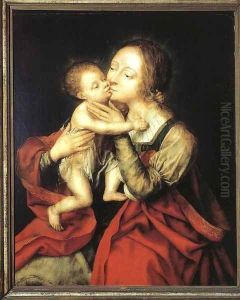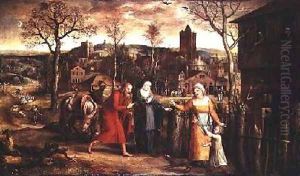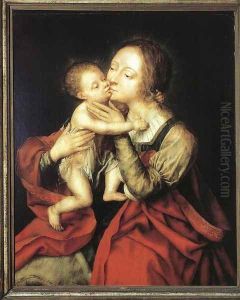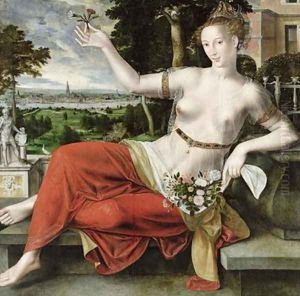Jan Massys Paintings
Jan Massys, also known as Jan Matsys, was a Flemish painter, born in Antwerp in 1510, as the second son of the famous painter Quentin Massys. Jan followed in his father's footsteps, becoming a notable artist during the Northern Renaissance. His style was heavily influenced by his father's work and the Italian Renaissance, particularly the work of Leonardo da Vinci.
Jan Massys initially worked in his father's workshop, where he developed his skills and absorbed the artistic environment of Antwerp, which was a leading art center at the time. After his father's death in 1530, Jan took over the workshop. His early works are similar to his father's, consisting mainly of religious subjects and portraits. However, as his career progressed, he began to develop a more personal style.
In 1544, Massys ran afoul of the religious authorities due to his sympathies with the Protestant Reformation, which was gaining ground in the Low Countries. He was accused of heresy and, as a result, was banned from painting for a period of time. This forced him to leave Antwerp, and he spent some time in Italy. The influence of Italian art is evident in his later works, which include mythological scenes and nudes, characterized by a sensuousness and attention to detail.
Massys returned to Antwerp in the 1550s, where he continued to paint and contribute to the city's artistic life. His later works show a mastery of color and composition, and he became known for his delicate handling of light and texture. He often painted women and mythological scenes, which displayed a certain eroticism that was quite bold for the time.
Jan Massys' work was well received, and he had a successful career. He was able to bridge the Gothic traditions of the Low Countries with the newer Renaissance style, creating works that were both innovative and respectful of the past. His paintings are now held in various museums around the world, including the Louvre in Paris and the Prado in Madrid.
Jan Massys died in Antwerp in 1575. His legacy continued through his son, Cornelis Massys, who was also a painter, though not as widely recognized as his father or grandfather. Jan Massys is remembered today for his contribution to Flemish painting and his ability to adapt and evolve his style in response to changing artistic currents during a vibrant period in European art history.
